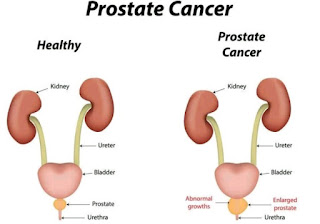Hepatitis is an inflammation of the liver caused by viruses, toxic substances, excess deposition of fat, allergic reactions or overdoses of drugs and herbs. Hepatitis can either be acute or chronic. Acute hepatitis last for few weeks while chronic hepatitis last for more than six months. Hepatitis can disrupt the process of liver function and create severe health problem in the body. There are about seven viruses that can infect the liver and they are identified as hepatitis A, B, C, D, E, F and G.
- Hepatitis A is the most common form of viral hepatitis, it is transmitted by food or drink contaminated by a carrier or patient and commonly occurs where sanitation is poor
- Hepatitis B is a much more serious infection, it is transmitted by infected blood, sexual contact with an infected person, tattooing, body fluid contact and also occurs in drug addicts and infected mother to infant, through breast feeding. Hepatitis B can cause liver cancer when inflamed.
- Hepatitis C has a mode of transmission similar to hepatitis B. It is spread through transfusions or shared needles, it is a potentially deadly infection. Symptoms are fatigue, sore bones and dryness of the eyes
- Hepatitis D is a defective virus and occurs only when or after infection with hepatitis B.people with D virus usually have severe chronic hepatitis and make hepatitis B symptoms worse
- Hepatitis E is transmitted by infected food or drink and can cause acute hepatitis, it is more severe in a pregnant patient, it produces symptoms similar to hepatitis A
- Hepatitis F is an extremely rare type of the virus, it is transmitted from primate to human
- Hepatitis G is a relatively common infection, it accounts for as many as 9 percent of all hepatitis infections, hepatitis G is a mild form of the ceases and does not cause ongoing liver damage
This may continue for months or years and eventually will lead to progressive liver failure resulting in jaundice, swelling of the lower extremities and blood in feces or vomit, it is usually caused by persistent infection with hepatitis virus usually B, C, or D. Chronic hepatitis keeps the liver from breaking down the toxins it normally removes from the body, thereby causing buildup of toxins in the bloodstream
Symptoms:
Early stage
- Flu-like complaint
- Light yellow color eyes
- Fatigue
- Mild fever
- Nause
- Vomitting
- Weight loss
- Abdominal pain
- Muscle or joint aches
- Jaundice
- Sensitivity to light
- Swollen joint
- Dark urine.
- Itching skin
- Light colored feces
- Yellow skin
- Yellow color eyes
- Whitish tongue
- Vaccination (please visit the nearest health center)
- Wash your hands with soap after using the bathroom
- Eat well cooked food
- Do not share razor and needles
- Do not have contact with infected body fluid
- Avoid fatty foods
- Limit protein intake
- Avoid stale foods
- Avoid alcohol in all forms
The destructive agent in hepatitis is not the virus, but the immune system itself. As long as the virus lies dormant in the liver cells, it is undetectable to the immune system.
Live healthy
Live a hepatitis free life































